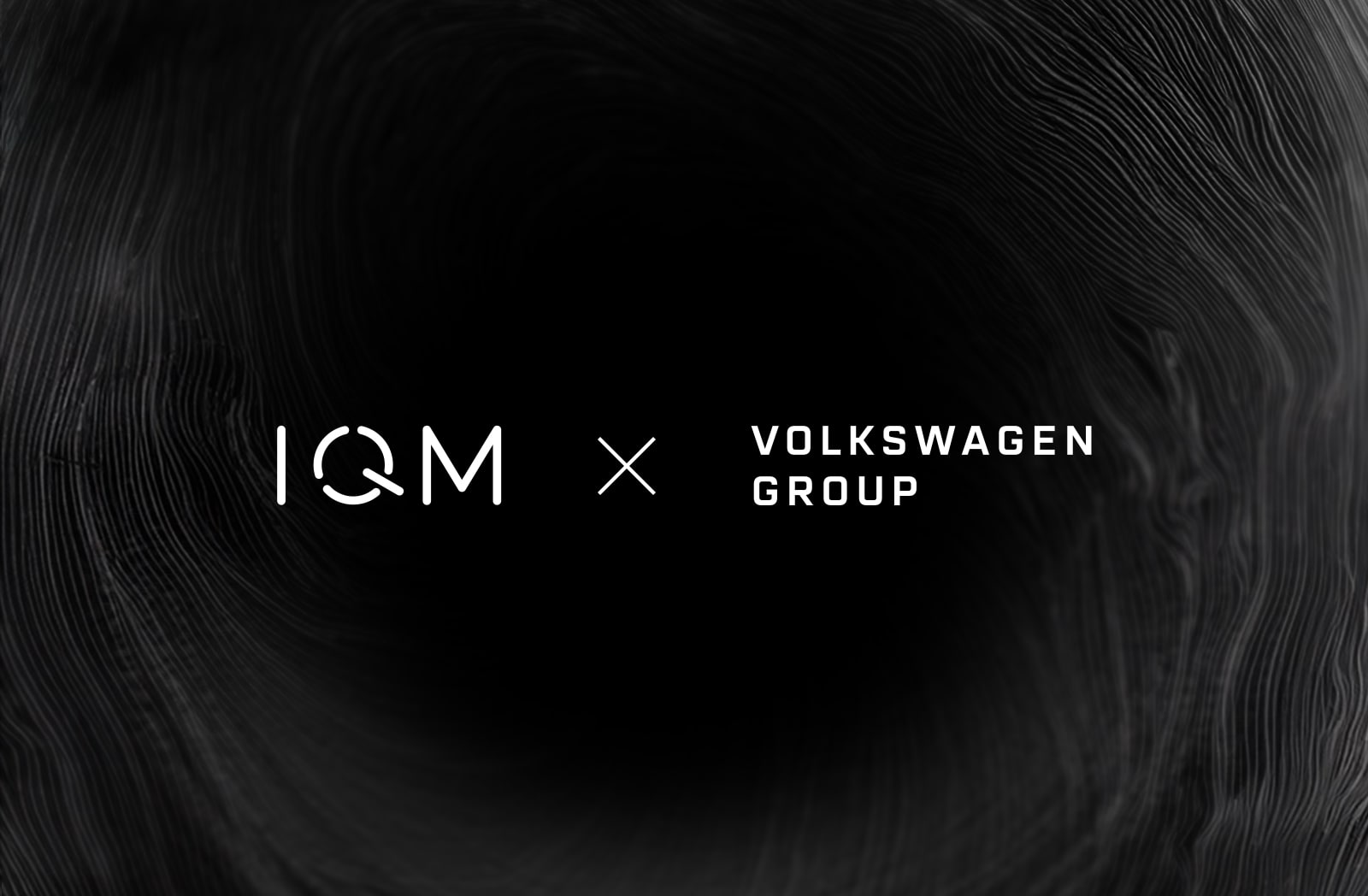Volkswagen and IQM Collaborate to Scale Quantum Simulations with Fewer Qubits

Insider Brief:
- IQM Quantum Computers and Volkswagen demonstrated the CS-AFQMC method, which integrates quantum and classical resources to improve simulations of strongly correlated systems, achieving chemical accuracy with fewer qubits in applications like lithium-ion battery decomposition and nitrogen dimer modeling.
- The CS-AFQMC method, through contextual subspace projection, minimizes quantum hardware requirements while maintaining computational accuracy, outperforming existing classical and quantum approaches in energy calculations.
- This scalable method has broad potential for applications in material science, high-temperature superconductors, and photovoltaic systems, enabling deeper insights into complex simulations while adapting to current and future quantum hardware.
- Despite its promise, the researchers note CS-AFQMC faces challenges related to noise resilience and trial wavefunction preparation, which researchers intend to address in future studies to increase its usability for larger systems and extend its capabilities into quantum-inspired classical computing.
PRESS RELEASE — In a recently announced collaboration, IQM Quantum Computers and Volkswagen demonstrated the application of Contextual Subspace Auxiliary-Field Quantum Monte Carlo (CS-AFQMC), a hybrid method that integrates quantum and classical resources to improve simulations of strongly correlated systems in quantum chemistry. The partnership applied this to an experimental reductive decomposition of ethylene carbonate in lithium-ion batteries–battery simulation–to demonstrate the potential of using this technique in complex simulations, while attaining the utmost accuracy and reducing quantum hardware demands.
Optimizing Quantum Resources Through Contextual Subspace
The CS-AFQMC approach combines classical computation with quantum trial wavefunctions, minimizing qubit requirements while retaining computational accuracy. As outlined in the study, the trial wavefunction is decomposed into classical and quantum components within a contextual subspace projection framework. This method is compatible with matchgate shadow protocols, a recent advancement that optimizes overlap calculations between classical and quantum states. The result is a scalable solution for simulating complex systems using fewer qubits.
“Our approach goes beyond current capabilities by accurately simulating a chemical reaction involving ethylene carbonate molecules and lithium ions using just 13-qubits in a contextual subspace, from a 32-qubit active space,” explains Fedor Šimkovic, Team Lead for Simulation at IQM Quantum Computers.
Applications in Battery Chemistry and Beyond
To validate their method, the researchers applied CS-AFQMC to two distinct systems:
- Nitrogen Dimer (N₂): A challenging benchmark in quantum chemistry, the method achieved chemical accuracy with an 8-qubit contextual subspace, outperforming standard methods such as CCSD(T) and other quantum-classical hybrids.
- Ethylene Carbonate Decomposition: Relevant to lithium-ion battery design, this study simulated the reductive decomposition of ethylene carbonate, a step relevant to understanding battery stability and performance. Using CS-AFQMC, the team achieved energy computations surpassing classical and existing hybrid approaches. They were able to reach chemical accuracy with only half the original qubits.
Volkswagen’s Matthew Kiser noted, “Investigating the nitrogen dimer and the reductive decomposition of ethylene carbonate in lithium-based batteries, we observe that our method outperforms a number of established algorithms for ground state energy computations, while reaching chemical accuracy with less than half of the original number of qubits.”
Expanding Possibilities and Future Directions
Beyond applications in battery chemistry, the study notes that the CS-AFQMC method has broad implications for quantum simulations in fields such as material science, high-temperature superconductors, and photovoltaic systems. These strongly correlated systems often present challenges for classical methods due to the exponential scaling of computational complexity. By integrating quantum and classical resources, CS-AFQMC may be able to provide additional insights into these areas with reduced quantum resources.
According to the study, one of the most promising aspects of CS-AFQMC is its scalability. The algorithm’s ability to adjust the contextual subspace size provides a flexible pathway for simulating larger systems as quantum hardware improves. The tunability of the approach allows researchers to use this tool no matter the device, be it noisy intermediate-scale or future fault-tolerant ones.
However, the method is not without limitations. The study highlights challenges related to noise resilience and the accuracy of trial wavefunctions prepared on quantum devices. While CS-AFQMC mitigates some noise effects, the quality of the trial wavefunction directly impacts the bias and variance in energy estimates. Additionally, the need for a suitable auxiliary operator for identifying stabilizers could pose scalability bottlenecks for even larger systems.
Future research intends to address these challenges by improving trial state preparation techniques and exploring the application of CS-AFQMC to periodic lattice systems found in condensed matter physics. There is also potential to extend the algorithm into quantum-inspired classical settings, using classical methods as contextual ground state solvers.
A Path Forward for Scalable Quantum Algorithms
The use of hybrid quantum-classical algorithms is especially relevant when considering current device availability, which is limited in terms of access as well as capability. CS-AFQMC serves as a bridge, pulling in facets of quantum computing to solve traditionally intractable problems while remaining plausible for use on current devices.
While quantum computing is still in its active development phase, methods such as CS-AFQMC, designed and tested through collaborations between companies like Volkswagen and IQM may adequately highlight the potential for quantum technology to be used in material science, energy storage, and sustainable technologies.
Contributing authors on the study include Matthew Kiser, Matthias Beuerle, and Fedor Šimkovic IV.
